Bamboo is an evergreen plant that grows quickly throughout Nepal, from the lowland Terai to the country’s hilly regions. Bamboo is known as “Bans” in Nepal. There are various bamboo species of nepal, each with special traits and applications.
Different Types of Bamboo Species of Nepal
Table of Contents
- 1 Different Types of Bamboo Species of Nepal
- 1.1 Bambusa Balcooa Roxb
- 1.2 Bambusa nutans Wall
- 1.3 Dendro-calamus hamiltonii
- 1.4 Dendrocalamus hookeri
- 1.5 Dendrocalamus strictus
- 1.6 Dendrocalamus giganteas
- 1.7 Melocanna backfire or M.bambusoides
- 1.8 Arundinaria racemosa or Drepanostachyum malinge ningalo
- 1.9 Bambusa glaucescens
- 1.10 Cephalostachyum capitatum or Ampelocalamus patellaris
- 1.11 Drepanostachyum intermedia
- 1.12 Thamnocalamus spp.
- 1.13 Phyllostachys nigra
- 1.14 Phyllostachys spp.
- 2 Conclusion
Bambusa Balcooa Roxb

It grows well in the Terai up to 1400 meters alongside creeks, stream banks, edges of terraced land, etc. It is found in the central region of Nepal as well as in the Hill districts and Terai. The tall, erect culms (stems) of Bambusa balcooa are characterized by their comparatively thick walls. Sprouting is most successful between mid-June and mid-August. One season is expected to see the emergence of roughly 25–30 news shoots. The uses of Bambusa Balcooa Roxb. are
- Bamboo shoots are also edible and are consumed in some communities as a food source.
- It grows rapidly and helps prevent soil erosion, making it useful for environmental conservation.
- It is also used as a fodder species by the local people as a source of energy.
- The fibers from Bambusa balcooa are used for making various products, such as mats, baskets, and other handicrafts.
Bambusa nutans Wall
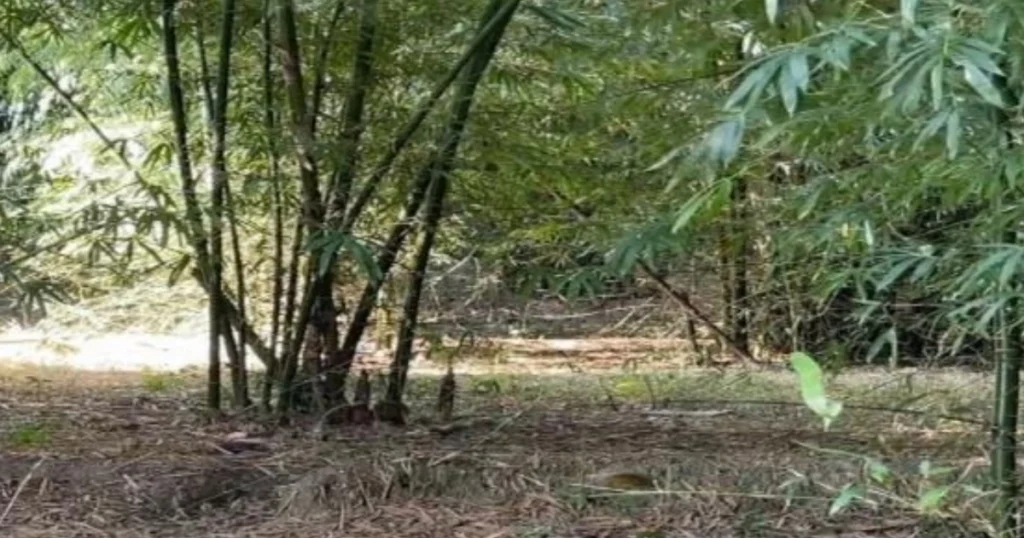
This bamboo species of Nepal is primarily found in the Eastern hills and foothills. It can be found up to 1500 meters in the mid-mountains and foothills. It is thought to be a drought-tolerant species that thrives in less productive areas. Its shoots grow during the rainy season. Sprout growth is dependent on rainfall. The uses of Bambusa nutans Wall are;
- It is popularly used for fodder and construction purposes.
- It is considered to be highly beneficial for medicinal uses in Nepalese communities.
- It is a graceful ornamental species in Nepal.
Dendro-calamus hamiltonii
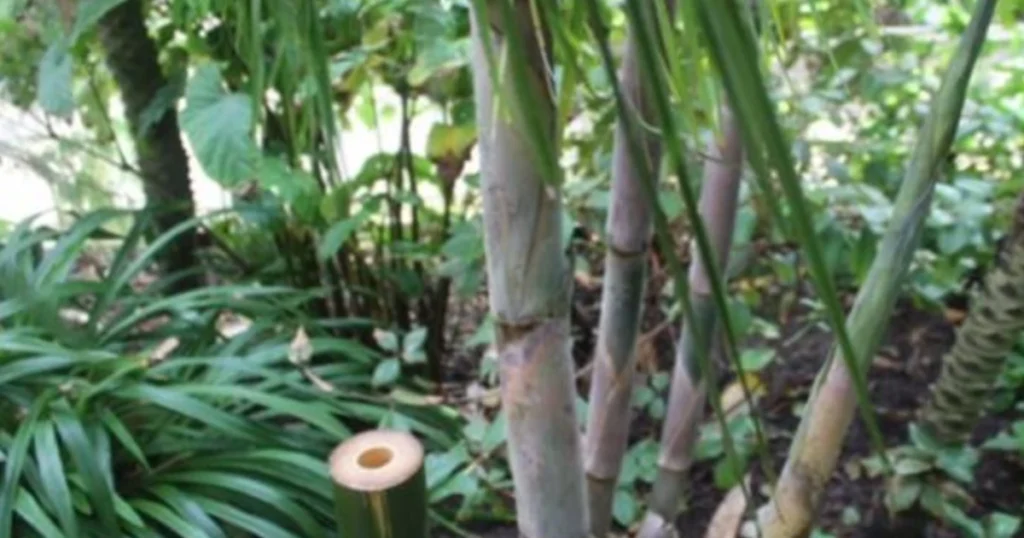
It is found in the Eastern, Central, and Western regions, Terai, and Hilly districts of Nepal. It grows better along stream banks in moist forests from sea level to 1800m. It can grow up to 25 m tall. Its diameter ranges from 17 to 20 cm. Shoots take about 3 months for complete growth in drier conditions. Its uses are as follows:
- It is used as delicious food in Nepal
- It is considered to have important medicinal properties for livestock treatments.
- It produces the best splints for weaving and cane wear like Bamboo baskets, mats, Tables, etc.
Dendrocalamus hookeri
Its natural distribution can be seen in Nepal’s eastern and central hill districts.
It prefers a shady, moist environment ranging from 700 to 1800 meters for proper growth and increments. The rate at which its shoots grow is dependent on moisture conditions. Its uses are as follows:
- Dendrocalamus hookeri is widely used in Nepal for construction purposes.
- The straight and sturdy culms (stems) of this bamboo species make it suitable for building houses, fences, and other structures.
- In Nepal, Dendrocalamus hookeri might be used to make handles for tools and implements due to its resilience.
- It is also used as fodder for a source of energy in local communities of Nepalese society.
- The larger internodes are used as water buckets and milk buckets in villages.
Dendrocalamus strictus
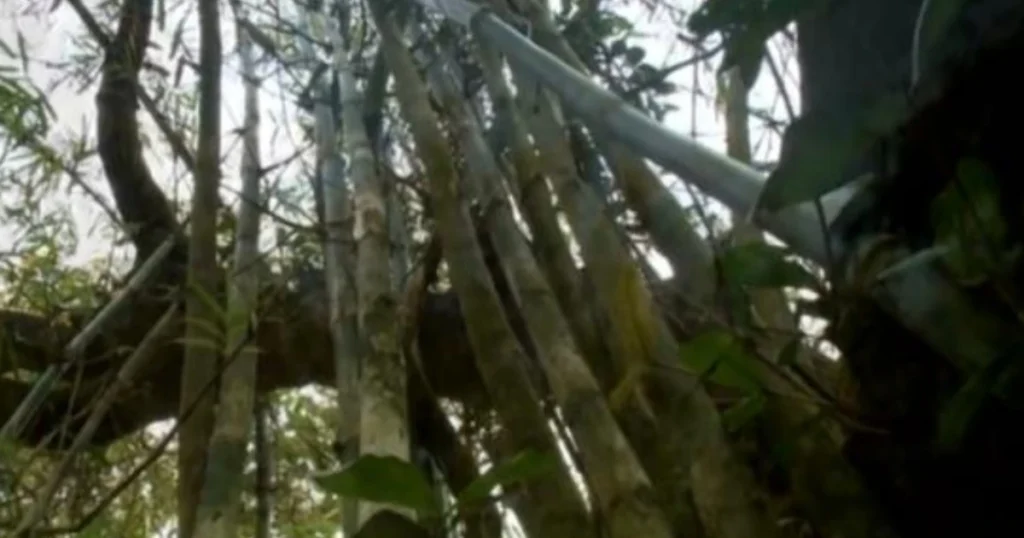
This species of bamboo in Nepal can be found in every Terai district.It can be found Upto 900 meters elevation, it grows well on rocky slopes and dry hills. It needs little to no rainfall. There could be hollow clumps in it. This type of bamboo species is widely distributed in Nepal’s Terai region. The uses of Dendrocalamus strictus are:
- Its seeds are used as food grain as well as fodders.
- It has several medicinal properties.
- It has good soil-binding properties, planted along the river bank, and embankments to prevent erosion.
- Its charcoal is highly demanded by blacksmiths as a substitute for timber as firewood.
Dendrocalamus giganteas
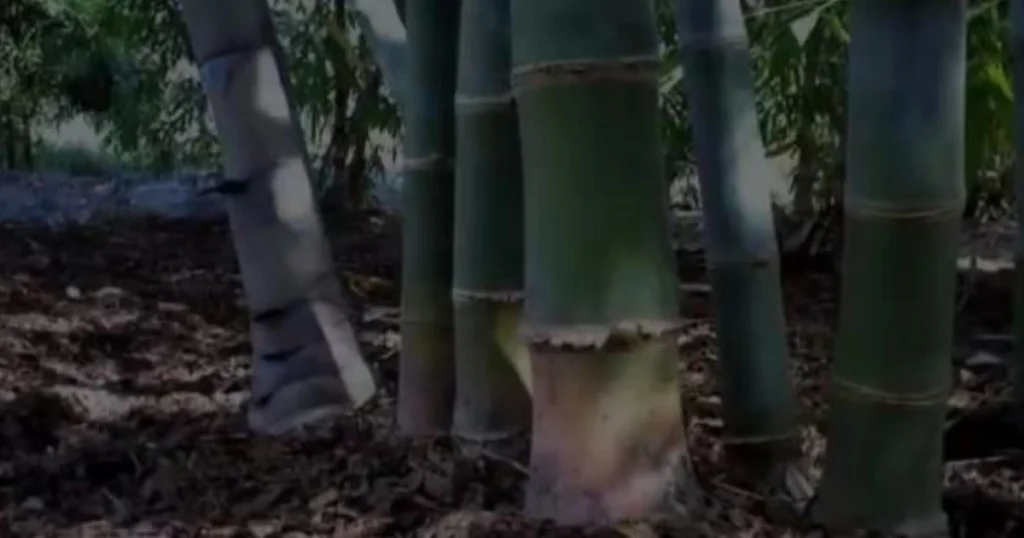
It is the largest species, with numerous rhizomes. It can be found throughout Nepal’s Terai and Hilly districts. It can grow upto 1500 meters elevation. It prefers moist, shady areas. As the altitude increases, so do the diameter and height. The maximum growth rate for new shoots is 32-44 cm/day and 23-31 cm/day, respectively. It reaches its full height in 80-110 days. Its uses are as follows:
- Only its young shoots are edible for food.
- It is also used as truss plates and posts.
Melocanna backfire or M.bambusoides
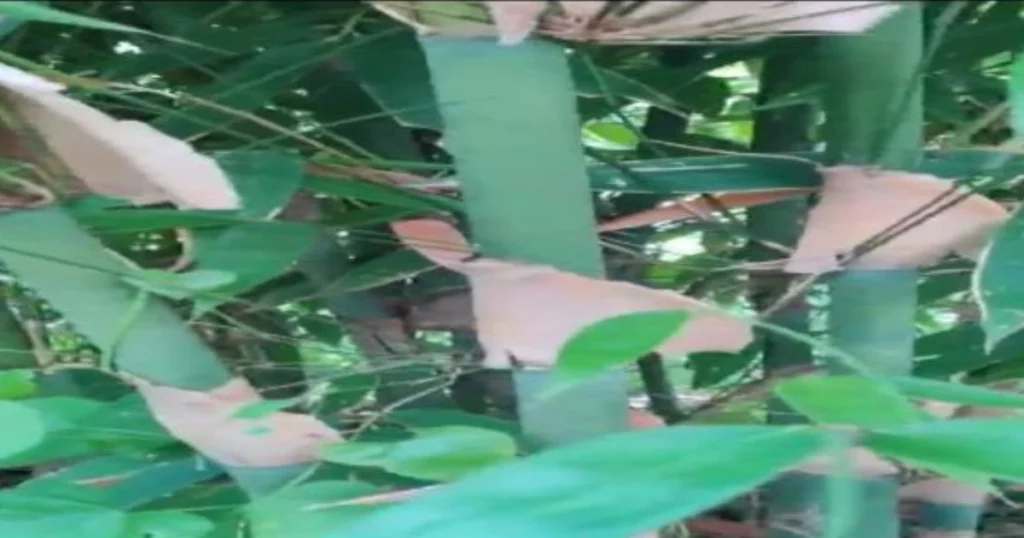
It is one of the most common types of Bamboo in Nepal’s Terai and Western Hill districts. It grows well from sea level to 1500 m in general bamboo-friendly conditions. Its clumps grow so quickly that once established, it is extremely difficult to remove. The uses of Melocanna backfire are:
- It bears pear-like edible fruits.
- It is also used as fodder, construction, weavings, and wound healing medicinal properties.
- Good quality paper is made from the pulp of this species.
Arundinaria racemosa or Drepanostachyum malinge ningalo
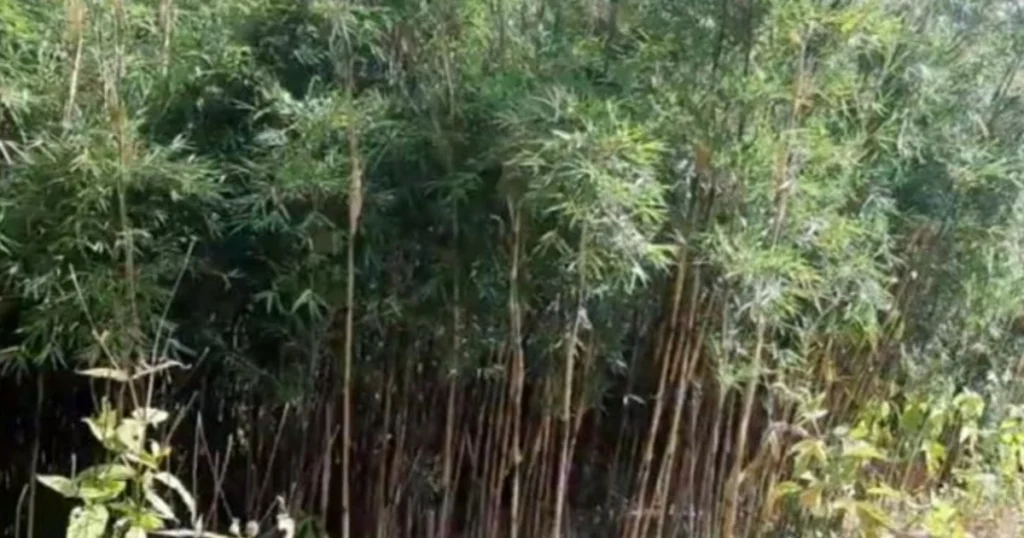
It is a high-altitude species, ranging from 1500 to 2800 meters. It is common in the central and western hill districts, particularly at higher elevations near the snowline. It thrives at high elevations and in areas where there is snowfall during the winter. It reaches its maximum height and diameter within 6 weeks. Once the shoot expansion is complete, branch growth begins. Its uses are listed below:
- Young shoots are edible as food.
- It is considered excellent fodder, for construction purposes like rafters in houses, and weavings like baskets because of its high-quality splints.
- It is suitable for home gardens.
- Wildlife at high altitudes just below the snow-line eat leaves and take shelter among clumps like Red pandas in the case of Nepal.
Bambusa glaucescens
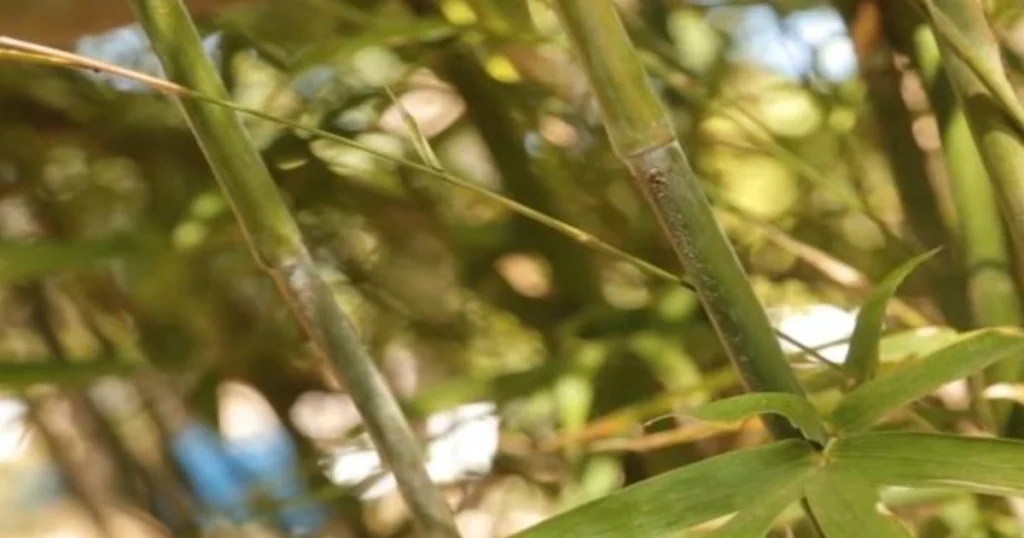
It is also referred to as yellow bamboo. It’s a rare bamboo species. It can only be found in the Kathmandu Valley of Nepal. It grows at altitudes ranging from 1000 to 1500 meters. It will appear in mid-May. It takes six weeks to complete growth. Its applications are described below:
- It is good for soil conservation and is planted in the home garden.
- It is good for weaving baskets, Mats, etc.
Cephalostachyum capitatum or Ampelocalamus patellaris
It’s found in the Eastern, Central, and Western hill districts. It thrives in hilly regions with elevations ranging from 600 to 2400 meters. It grows best at altitudes ranging from 900 to 1800 meters. It will appear in mid-May. It takes six weeks to complete growth. Its applications are:
- Its young shoots are edible and good for fodders.
- It is also suitable for soil conservation and is well-established as an ornamental species.
Drepanostachyum intermedia
It is one of Nepal’s most widely cultivated bamboos, growing in the Eastern, Central, and Western hill districts. It grows well in hilly areas with elevations ranging from 1200 to 2100 meters. Its shoot grows slowly at first, then elongates quickly and matures within two months. Its uses are:
- It is useful for soil conservation and the construction of sheds for domestic animals.
- It forms excellent hedges and Wild herbivores prefer its leaves as its food in high altitude.
Thamnocalamus spp.
This bamboo species of Nepal can be found at higher elevations in the Central and Western hill Districts. The species thrives in dry, sunny, rocky areas between the Malinge and Tite Ningalo growth ranges, at elevations ranging from 2000 to 2200 meters. Its clumps grow aggressively and prevent any shrubs from growing around them except thorny berberis. Thamnocalamus spp. uses are as follows:
- Its young shoots are delicious.
- It is used for fodders, conservation of soils, construction purposes, etc.
Phyllostachys nigra
This bamboo species of Nepal is popular in home gardens. It is an introduced species from China that has been planted in the Kathmandu Valley. This species thrives at high altitudes, despite the cold and snow. Its shoots thrive in autumn or winter. Phyllostachys nigra uses are as follows:
- Its shoots are edible as food in Nepal.
- It is mainly used for fodders and soil conservation by binding the soil tightly or used as an engineering technique for the control of erosion.
Phyllostachys spp.
Phyllostachys spp. is widely used as an ornamental bamboo in Nepal. It is found in Nepal’s eastern and central hill districts. This species thrives at altitudes above 1500 meters and can withstand cold and snow. Its shoot emerges in April, grows rapidly, and matures within 4-8 weeks. Phyllostachys spp. uses include:
- It is used as food and fodders as well as for soil conservation.
- It is suitable Bamboo for tent Poles and items for support.
Conclusion
Bamboo species of Nepal are extremely important, contributing to many aspects of the country’s socioeconomic and environmental well-being. Its adaptability and sustainability make it an invaluable resource for communities throughout Nepal. As the country continues to harness bamboo’s potential, it is poised to build a more resilient and sustainable future for its people and the environment.
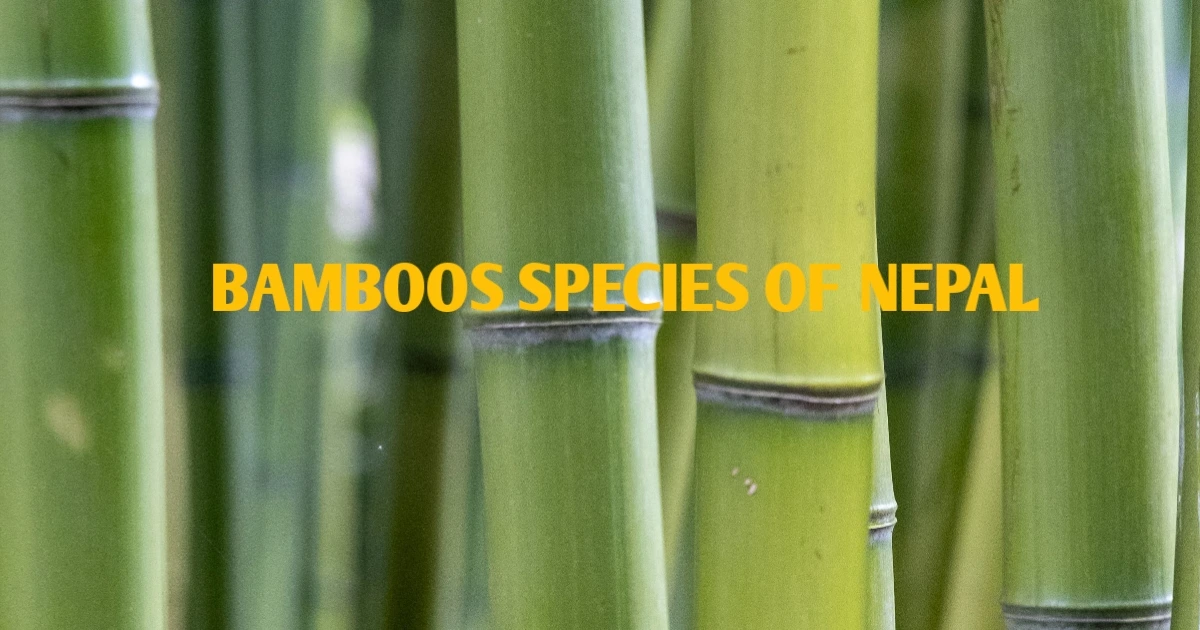


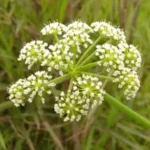


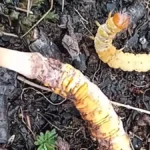
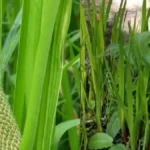
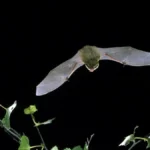

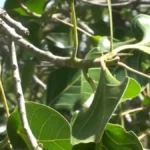
Throughly researched and very well summarized.
Keep visiting for more information.Thank you.